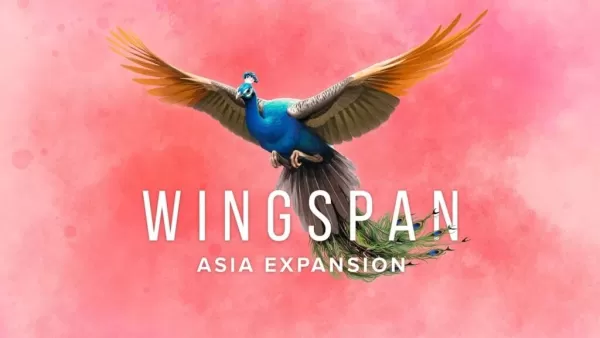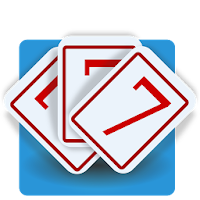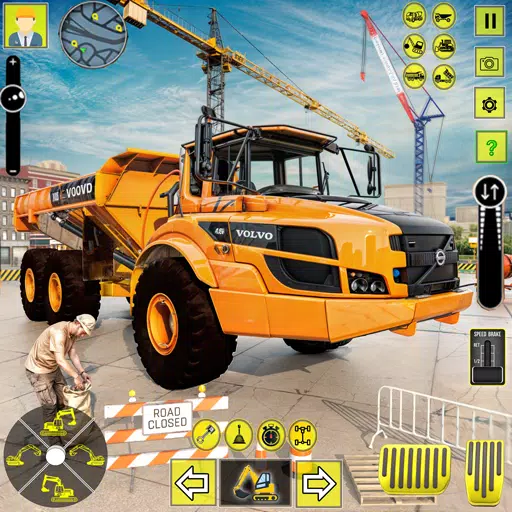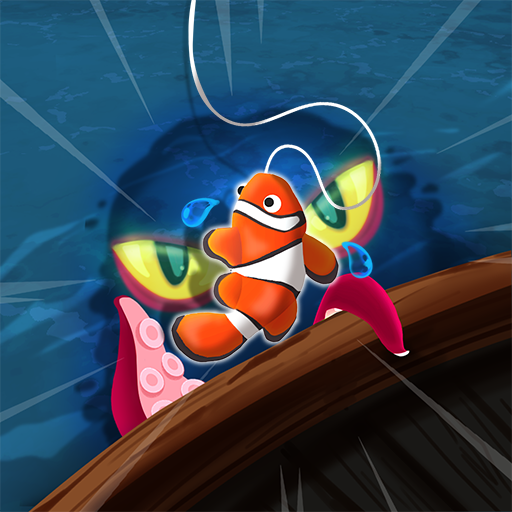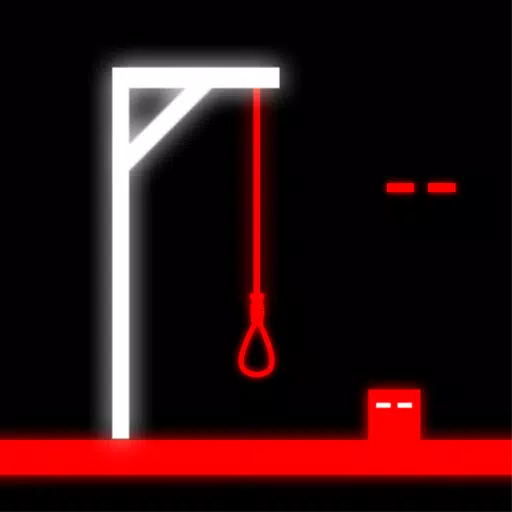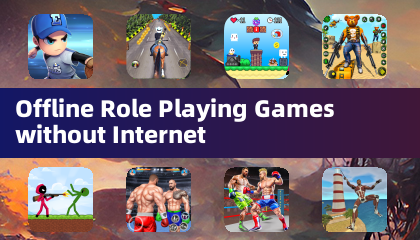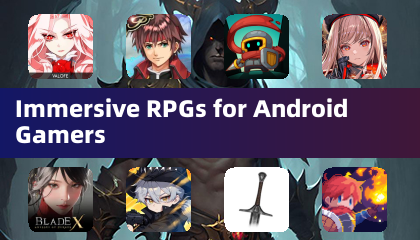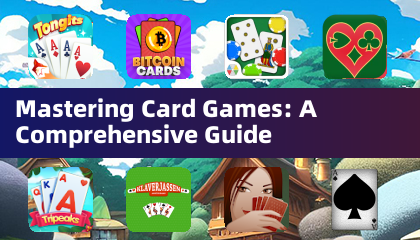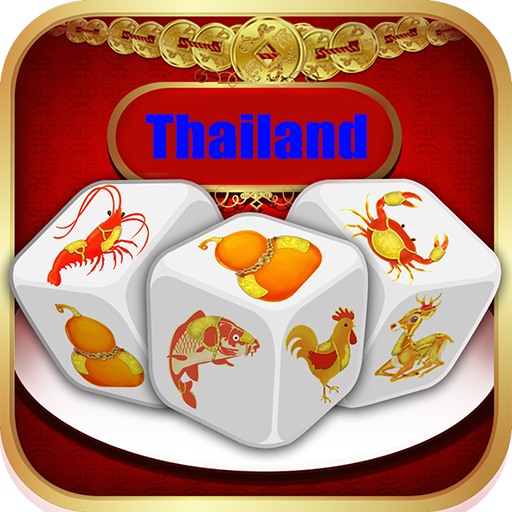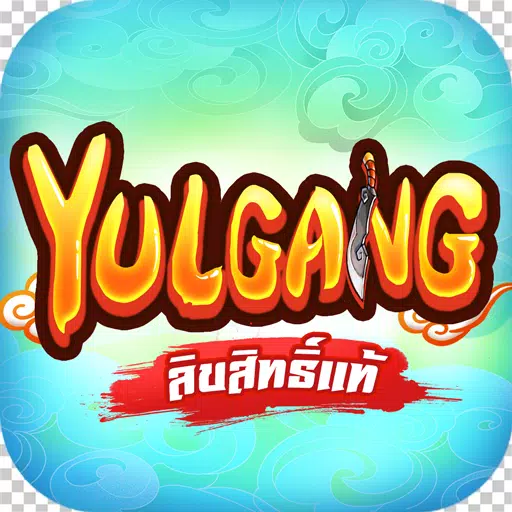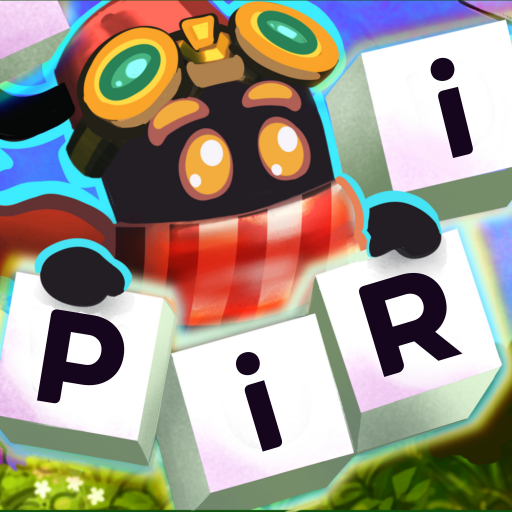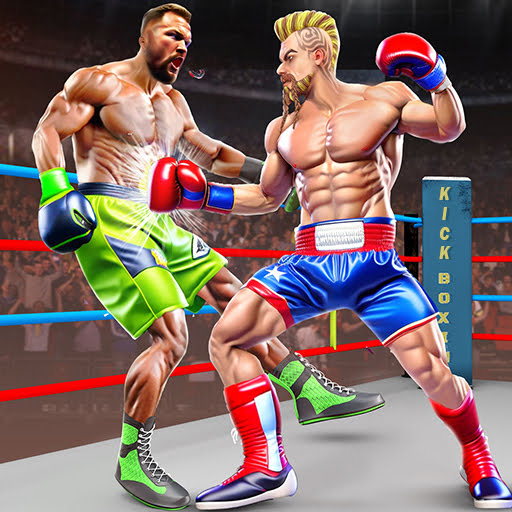After months of anticipation, leaks, and speculation, Nintendo unveiled the Switch 2 in a dedicated Direct, showcasing not only new titles like Mario Kart World, Donkey Kong Bonanza, and exclusive Nintendo GameCube games for Switch 2 Online, but also giving us an in-depth look at the system itself. From an accessibility standpoint, the Switch 2 represents a significant upgrade over its predecessor in nearly every aspect.
Several months ago, I shared my accessibility predictions for Nintendo's new console, hoping for more robust accessibility features, enhanced Joy-Con functionality, and innovative inclusive design practices. To my delight, Nintendo not only met these expectations but exceeded them with additional features. Let's dive into the exciting and confirmed accessibility enhancements of the Switch 2.
New Accessibility Settings
The Direct provided limited tangible accessibility options, with the exception of fully customizable controls for each virtual GameCube game, tailored to the system settings. However, Nintendo released a comprehensive accessibility page outlining a mix of returning and new features.
Customizable controls return, functioning similarly to the original Switch. The option to adjust text size across three different settings is back, now with the added ability to enable High Contrast and alter general display colors. The Zoom functionality, essential for blind and low vision players, also makes a return. But the most surprising addition is the new "Screen Reader" setting.
Blind and low vision individuals often rely on Text-to-Speech features to navigate menus and settings. Although the Screen Reader is currently limited to the HOME menu and system settings, it's a vital tool that enables disabled players to independently navigate the Switch 2. The feature includes options for different voices, reading speeds, and volume levels. While we're still unsure if individual games will support these tools or offer their own accessibility features, Nintendo's commitment to their disabled audience is a promising sign for the future of accessibility within the company.
Innovative Design
Outside of specific menu settings, Nintendo introduced an inclusive tool that enriches a beloved franchise while significantly enhancing cognitive, physical, and blind/low vision accessibility. Within the revamped Nintendo Switch App, there's Zelda Notes, a companion app for Breath of the Wild and Tears of the Kingdom. The Navigation feature in the app allows players to locate shops, points of interest, and even the elusive Koroks using a GPS-like interface. The app includes audio cues and voices to guide players to their chosen destination. While it doesn't assist with precise navigation or combat, it greatly aids blind and low vision players in exploring the game's vast world and reduces cognitive overload.
For cognitive, blind/low vision, and physically disabled players, the app's Autobuild Sharing tool is a game-changer. By scanning a QR code, players can automatically construct Zonai machines if they have the necessary materials. This feature alleviates the difficulty I personally faced with the control layout and button requirements for building Zonai machinery in Tears of the Kingdom. Now, I only need to focus on gathering materials, not the construction process itself. This exemplifies Nintendo's commitment to inclusive design, which I've long admired.
Additionally, the Item Sharing feature allows disabled players to exchange items with one another via QR codes, reducing the physical effort required to search for weapons and food. While Breath of the Wild and Tears of the Kingdom aren't fully accessible yet, these features mark a significant advancement.
Wheelchair Sports
The most unexpected announcement was Drag X Drive, a game reminiscent of Rocket League that lets players control characters in manual wheelchairs on a basketball court. This not only showcases excellent disability representation but also highlights one of the Switch 2's new hardware features: mouse control.
By tilting the Joy-Con on its side, players can use it as a mouse on any surface. While we don't yet know the force required to move the cursor (my ultrawide monitor's mouse has a DPI of 6400 for comparison), this new method of control promises to enhance accessibility for various disabled players. The possibilities for how Nintendo will leverage this feature are thrilling, and it's another valuable tool for the disabled community. Coupled with the array of existing controller options on the Switch and Switch 2, Nintendo continues to push the boundaries of controller usage.
As a Nintendo enthusiast, I'm incredibly excited about the Switch 2. While I'm hesitant to spend around $450 on the system, my gaming journey began with Nintendo, and each new console brings exciting accessibility improvements that underscore the company's dedication to inclusivity. Although Nintendo doesn't yet offer a first-party accessible device like the Xbox Adaptive Controller or PlayStation Access Controller, they're innovating in their own way to make gaming more accessible for disabled individuals. Along with their recent commitment to standardized accessibility tags in collaboration with other developers, I'm confident that Nintendo will continue to advance accessibility in meaningful ways.


